
Mimosa Pudica Tea: How to Prepare and Health Benefits
Mimosa pudica, often referred to as the “sensitive plant”, “touch-me-not”, or “shy plant,” is well-known for its fascinating leaf movements—folding inward when touched. Beyond this unique characteristic, Mimosa pudica has a long history of traditional use in various cultures, where different parts of the plant (leaves, stems, and roots) have been employed in herbal remedies. In recent years, Mimosa pudica tea has gained attention for its potential health benefits and traditional uses. Below, we explore how this tea is prepared, its possible benefits, and considerations for safe use.
Potential Health Benefits of Mimosa Pudica Tea
- Digestive Support
- Traditional systems of medicine sometimes use Mimosa pudica to help soothe digestive discomfort.
- Some people claim it may help reduce diarrhea or mild gastrointestinal irritation.
- Certain compounds in the plant (tannins, flavonoids) could contribute to an astringent effect on the digestive tract.
- Antimicrobial and Antiparasitic Properties
- Preliminary research suggests that extracts from Mimosa pudica may exhibit antimicrobial activity against certain bacteria.
- In some traditional practices, it’s used as a supportive remedy against intestinal parasites; however, robust clinical data is lacking.
- Anti-Inflammatory Potential
- Folk medicine occasionally employs Mimosa pudica for its possible anti-inflammatory effects, applying it externally for minor wounds or skin irritations.
- Consuming the tea is sometimes believed to help with mild inflammation internally, though more research is needed to confirm these claims.
- Wound Healing and Skin Health
- Topical preparations (pastes, poultices) made from the leaves or roots have been used for minor cuts or rashes, suggesting potential benefit in skin repair.
- The tea, when cooled and used as a wash, may also be applied to certain skin irritations.
- Calming and Relaxation
- Some traditional sources cite Mimosa pudica for its mild sedative or relaxing properties, potentially helping ease occasional anxiety or promote better rest.
- Modern evidence is not extensive, but anecdotal reports suggest gentle relaxation effects.
How to Prepare Mimosa Pudica Tea
- Sourcing the Plant
- Use only organically grown Mimosa pudica, free from pesticides or contaminants.
- If you don’t grow it at home, try to find a reputable herbal supplier.
- Drying the Plant
- Harvest the leaves (and possibly tender stems), then rinse gently to remove any dirt.
- Air-dry them in a warm, shady spot with good airflow until they are crisp and can be crumbled.
- Brewing Instructions
- Ingredients: ~1 teaspoon of dried Mimosa pudica leaves (per 1 cup of water).
- Steps:
- Boil fresh, filtered water.
- Pour the hot water over the dried leaves in a teapot or cup.
- Cover and let steep for 5–10 minutes.
- Strain and serve. You may add honey or lemon to taste.
- Flavor Profile
- Mimosa pudica tea can have a mild, slightly earthy or herbal taste. Adjust steeping time or quantity of leaves to preference.
Precautions and Safety Considerations
- Lack of Extensive Research
- While Mimosa pudica has been used in traditional medicine, large-scale scientific studies are limited. Its safety and efficacy for certain health conditions are not well-established.
- Possible Side Effects
- Some individuals may experience gastrointestinal discomfort or allergic reactions.
- If you notice any adverse effects (nausea, itching, rash, etc.), discontinue use and consult a healthcare professional.
- Pregnancy and Breastfeeding
- Due to limited research, it’s best for pregnant or nursing women to avoid Mimosa pudica tea unless advised by a qualified healthcare provider.
- Medication Interactions
- If you take prescription drugs or have underlying health conditions, speak with a healthcare professional before using Mimosa pudica in any form.
- Quality Control
- Ensure the plant material is correctly identified; confusion with other species or contamination can pose risks.
Uses Beyond Tea
- Topical Applications: Paste or poultice for minor skin issues or wounds, based on traditional recipes.
- Herbal Capsules: Some supplement brands offer Mimosa pudica in capsule form, often marketed for gut health or parasite cleansing.
- Garden and Ornamental: In addition to medicinal uses, Mimosa pudica is grown as an ornamental plant because of its intriguing leaf movements.
Mimosa pudica tea is an intriguing herbal infusion, rooted in centuries of traditional use. Though modern science has begun exploring the plant’s potential—ranging from antimicrobial to calming properties—conclusive clinical evidence is still in development. If you’re curious about trying Mimosa pudica tea:
- Source the leaves responsibly and ensure proper identification of the plant.
- Start with small amounts to gauge personal tolerance.
- Keep in mind that serious or persistent health issues should be addressed in consultation with a healthcare professional.
As with any herbal remedy, moderation and informed usage are key to reaping potential benefits while minimizing risks.
News in the same category

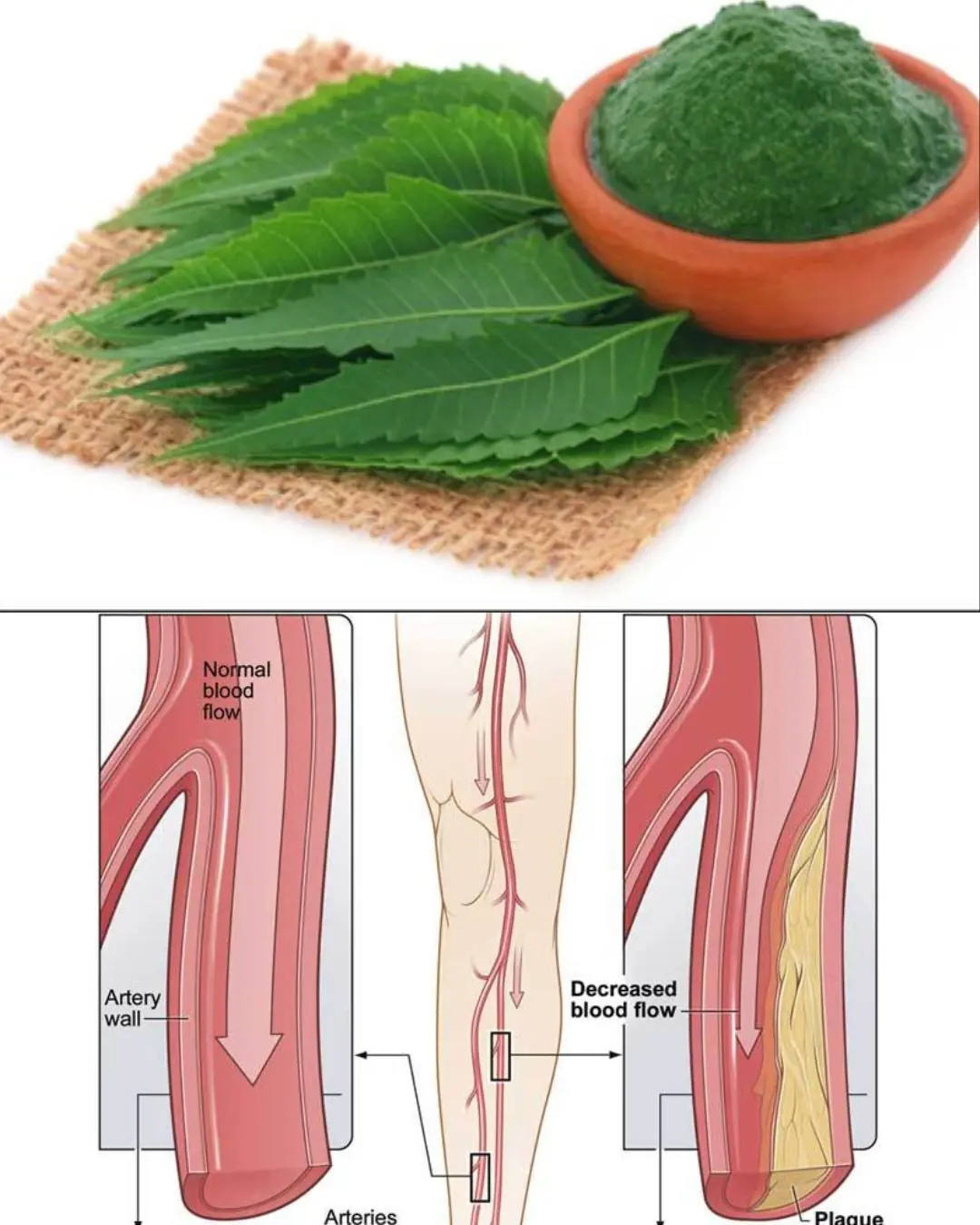
Neem: An Ancient Plant With Potential Health Benefits – What Science Says

Doctors reveal that green broccoli causes...see more
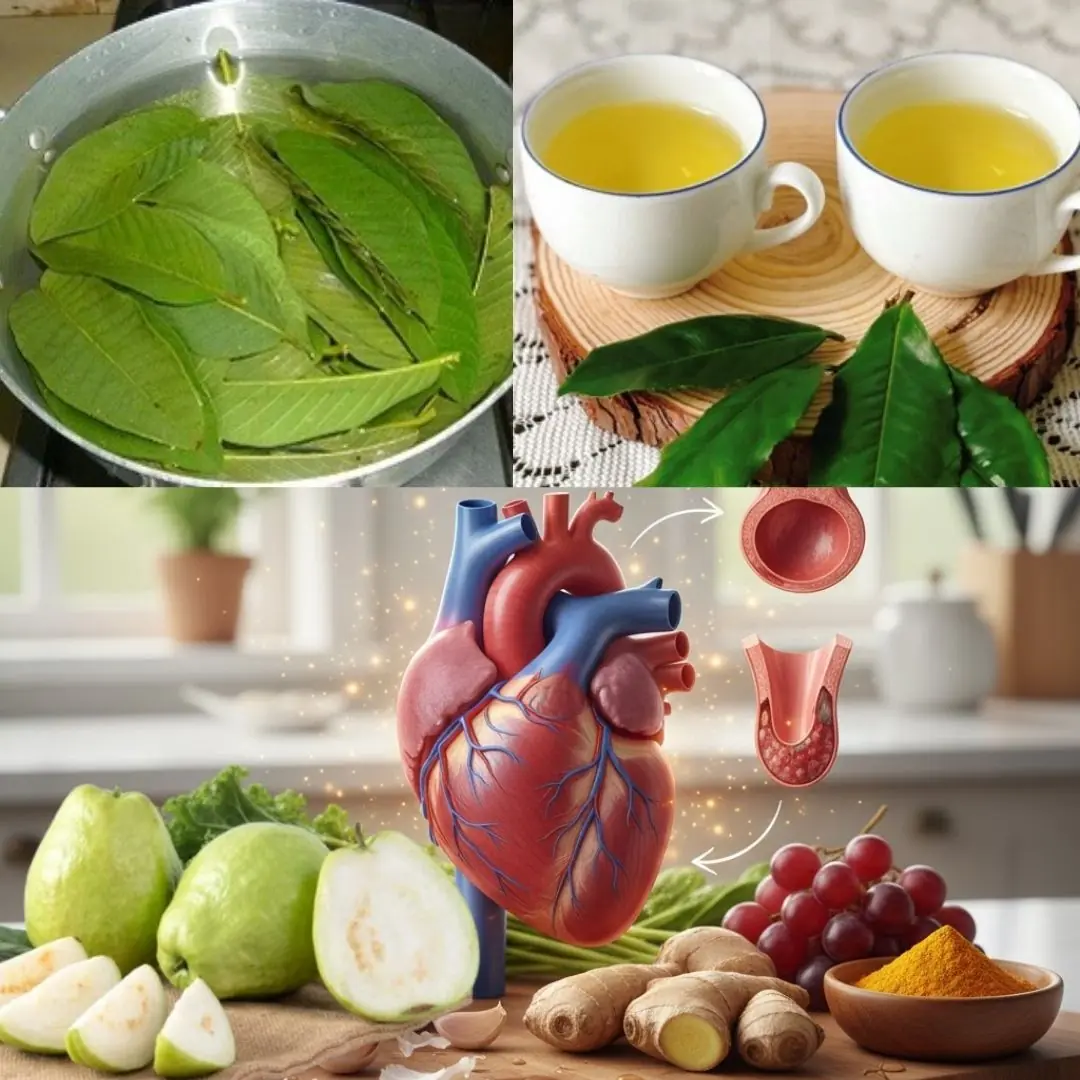
The Best Tea for Mornings and After Dinner: A Powerful Blend for Health

Cloves and Onion: An Ancient Remedy with Modern Benefits
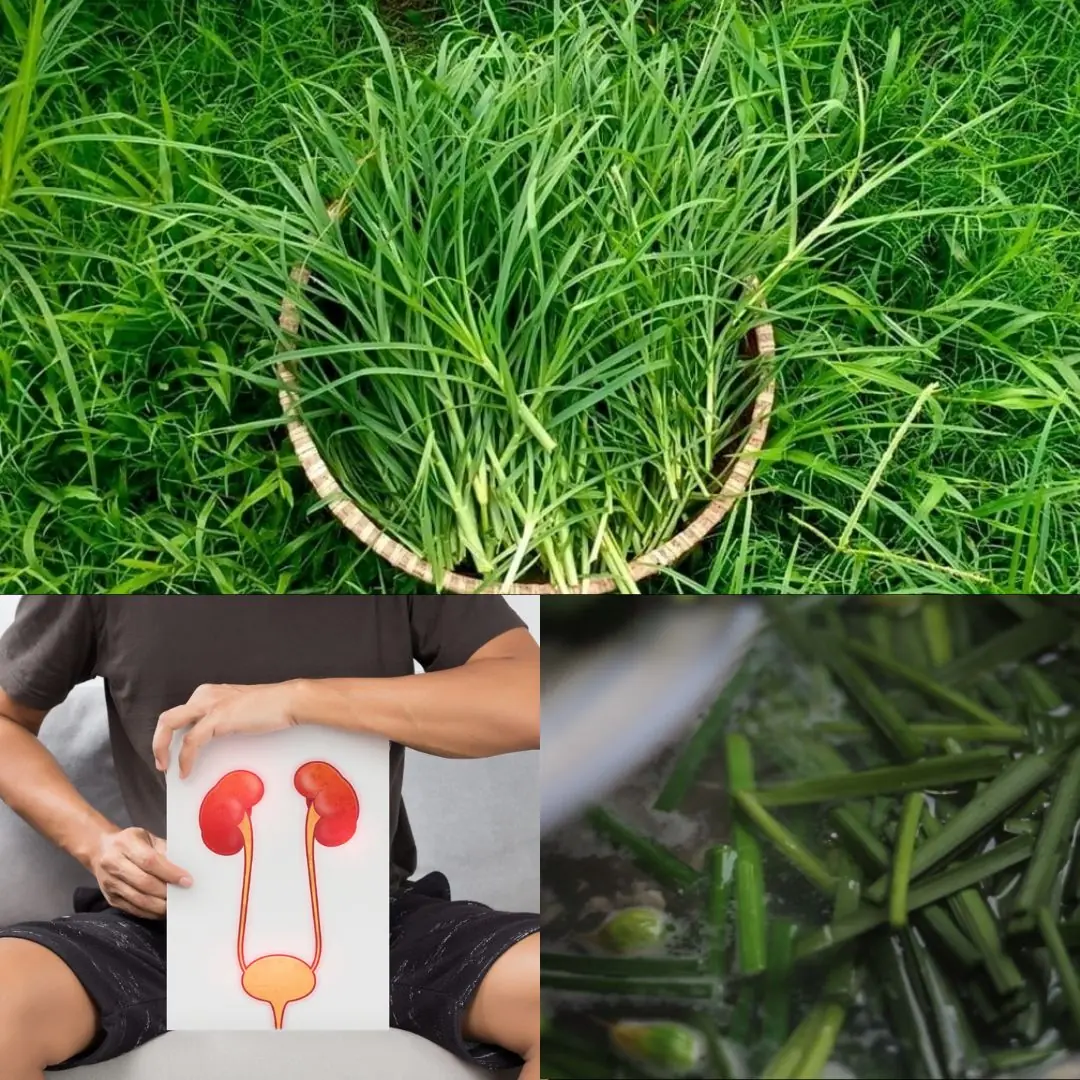
25 Incredible Health Benefits of Goosegrass

Honey, Lemon, Onion, Garlic & Ginger: The Daily Spoonful That Works Wonders

10 Powerful Benefits of Castor Leaves You Probably Didn’t Know About

One Glass Before Bed – Say Goodbye to Constipation Overnight!
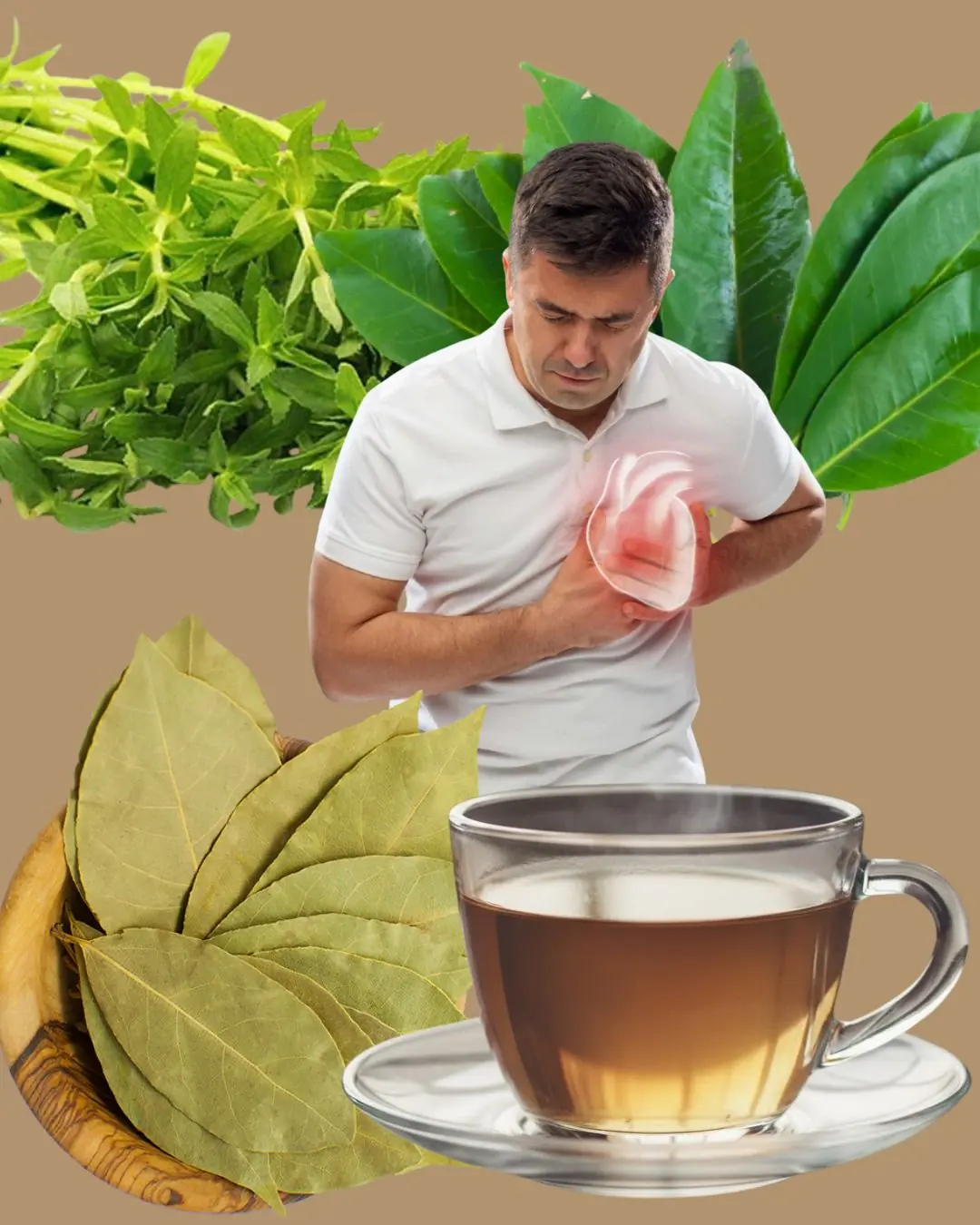
The Healing Leaves That Fight Disease Naturally: Diabetes, Poor Circulation, High Blood Pressure & Even Cancer 🌿💚
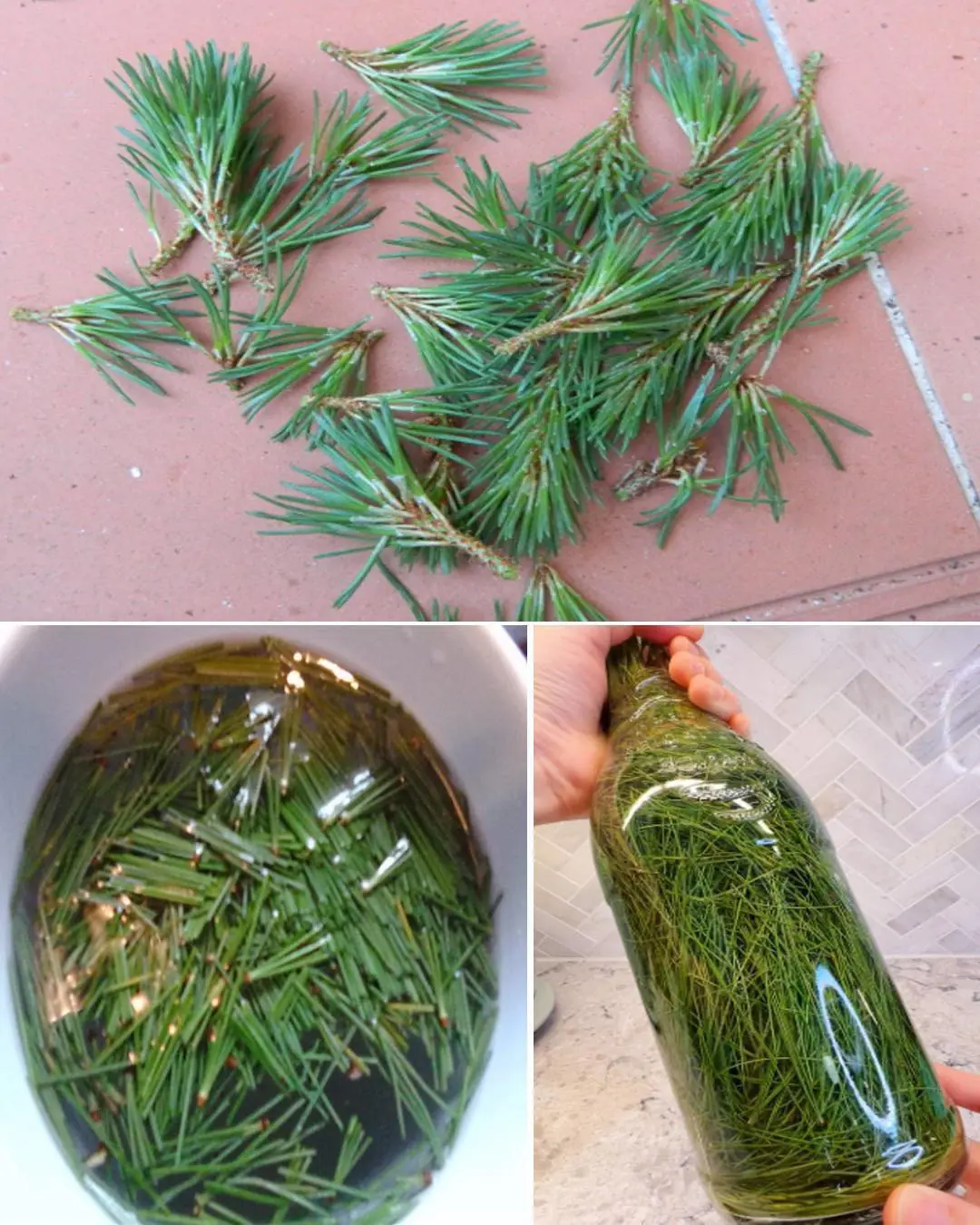
9 Health Benefits of Pine Needles
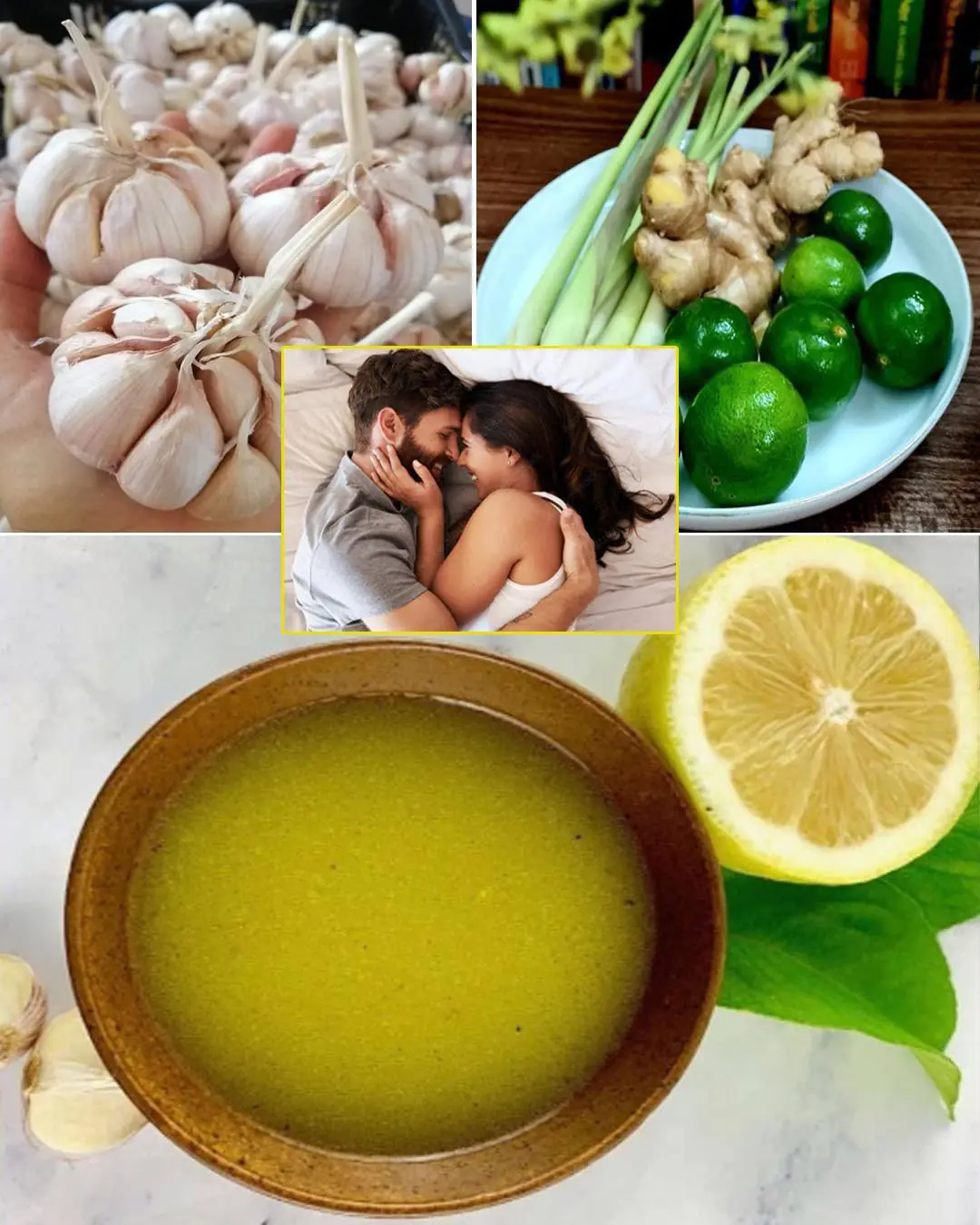
Unlock The Incredible Health Benefits of Garlic, Ginger and Lemon for Men
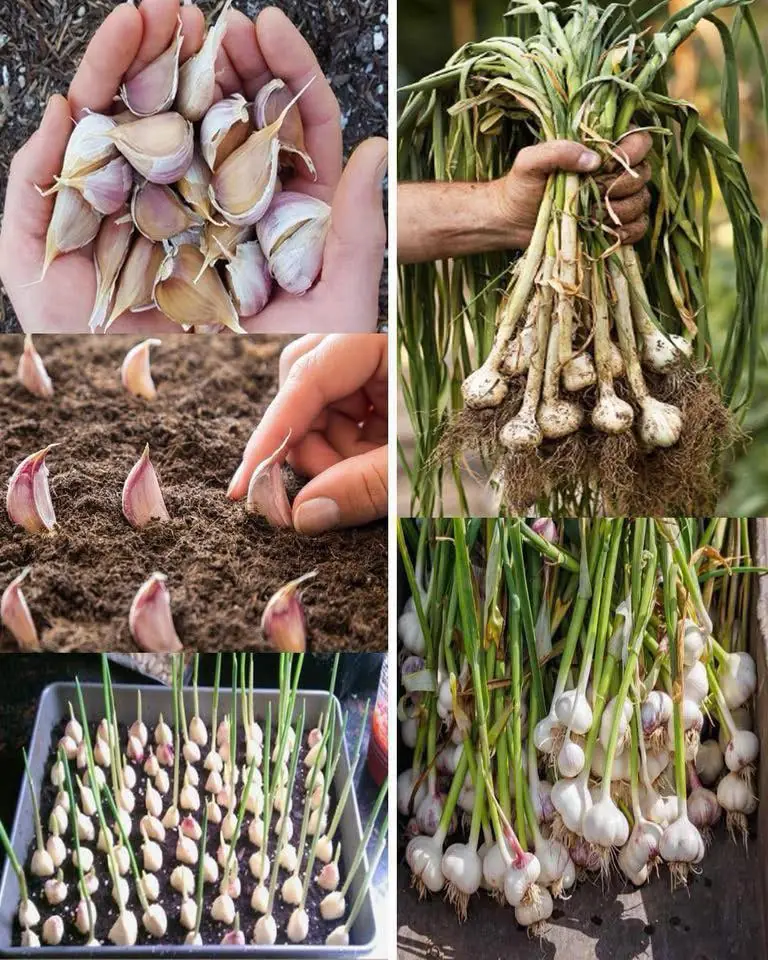
A special method to grow garlic in plastic bottles
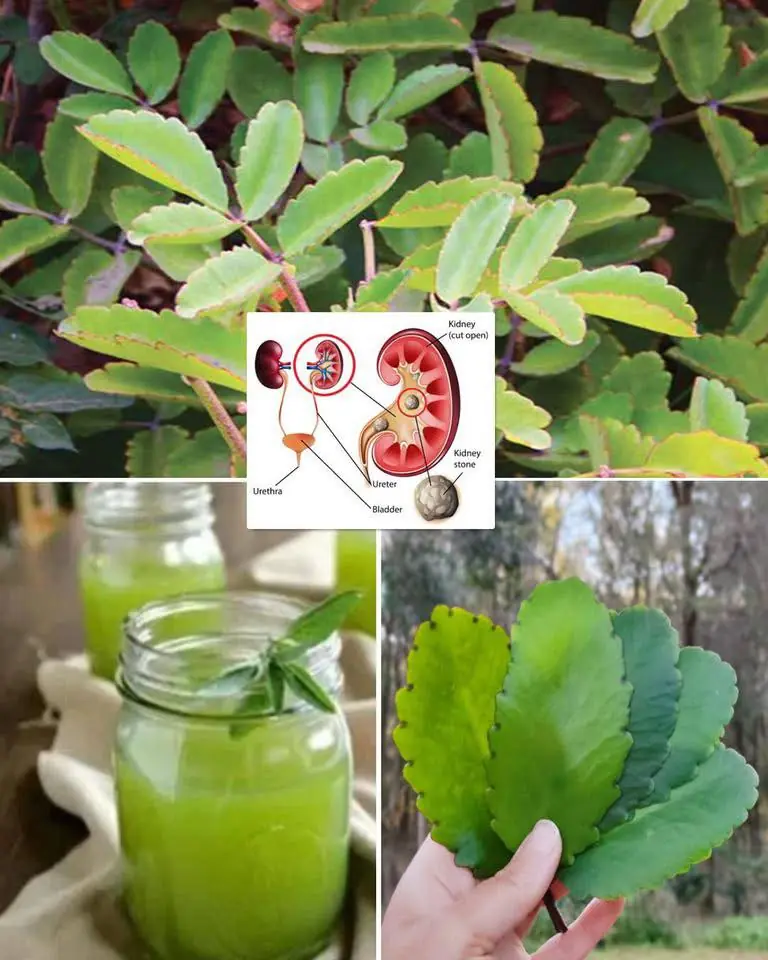
7 Benefits of the Miracle Leaf of Life
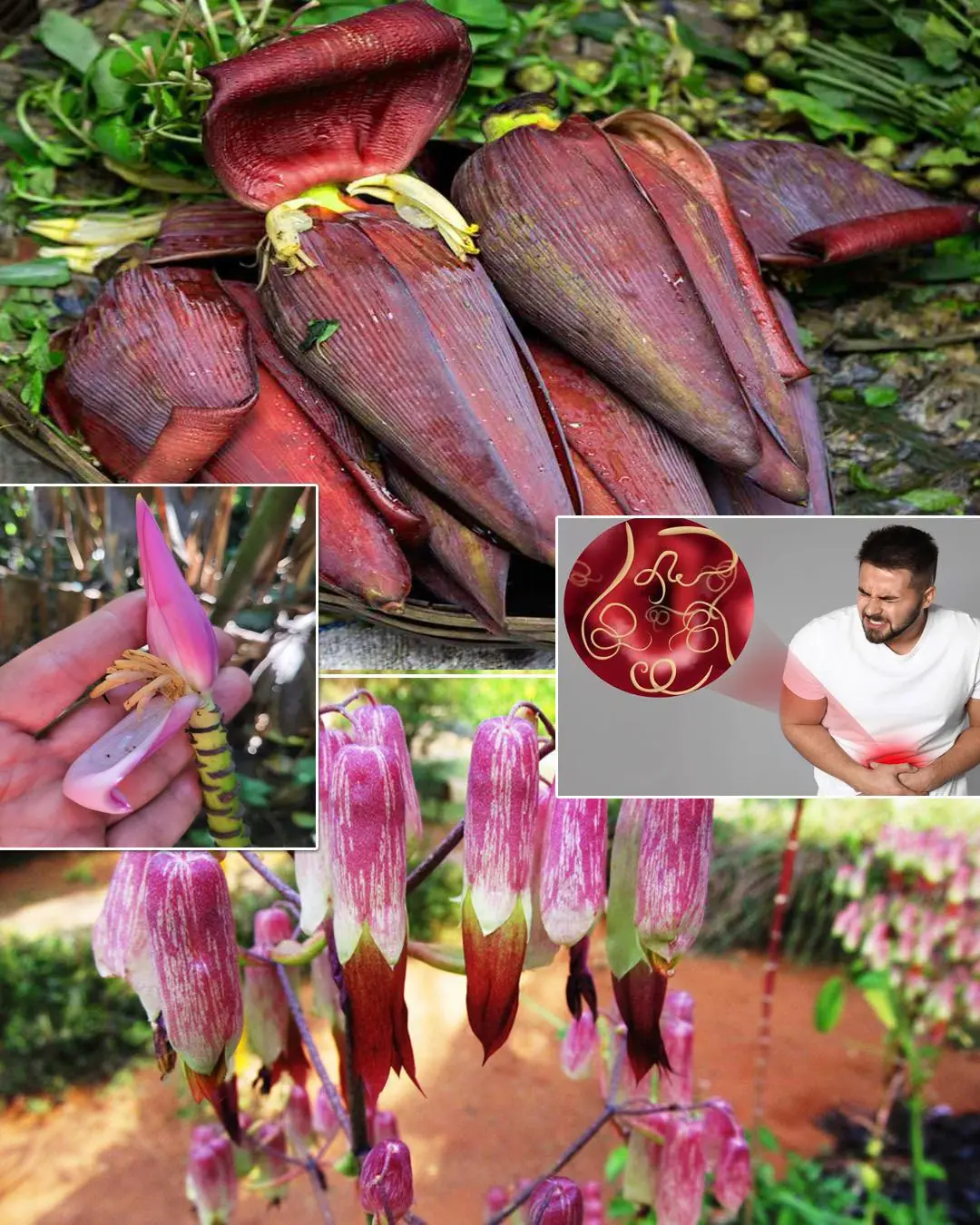
7 Amazing Health Benefits of Banana Blossoms
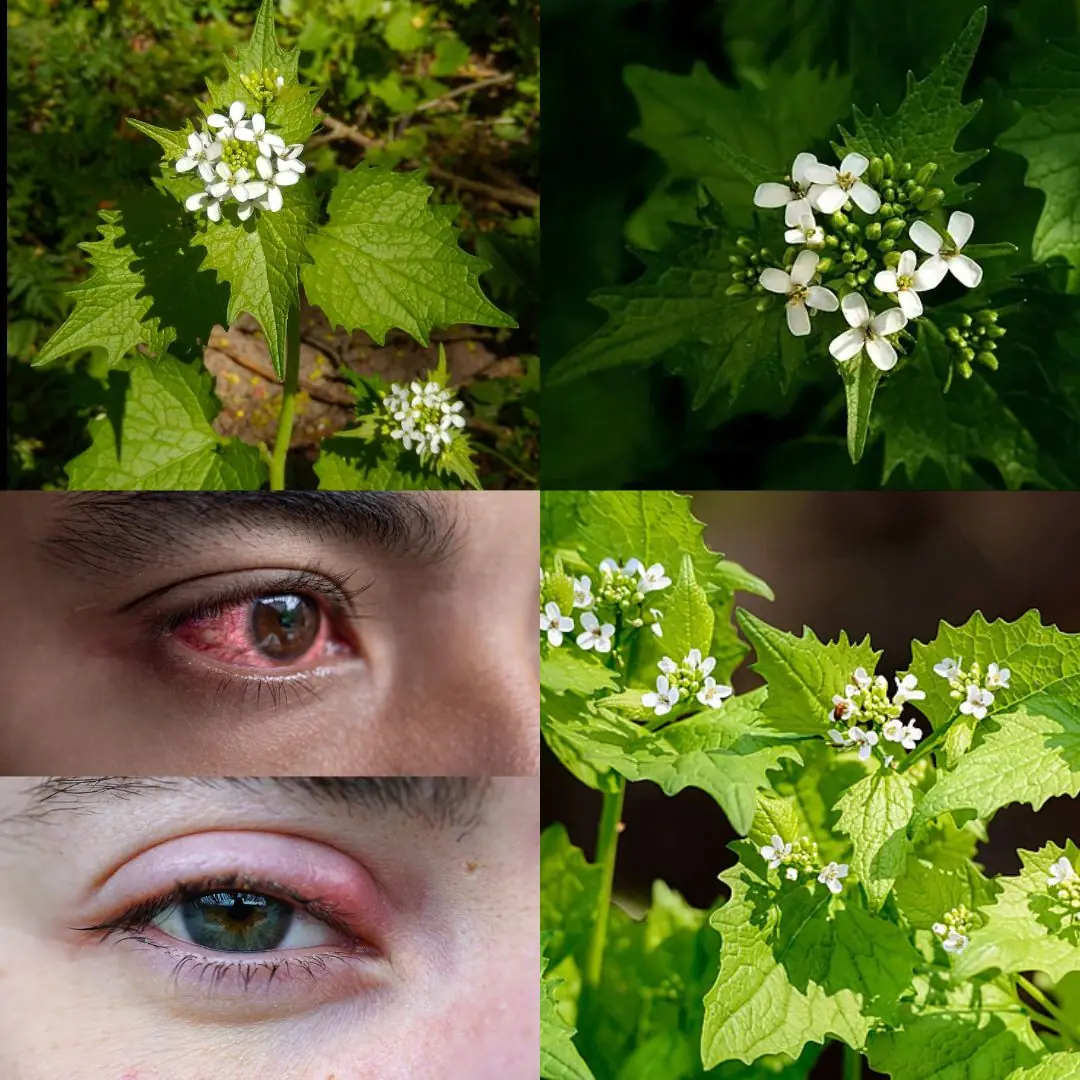
Garlic Mustard: The Overlooked Herb That Can Boost Your Health — Especially Your Eyes
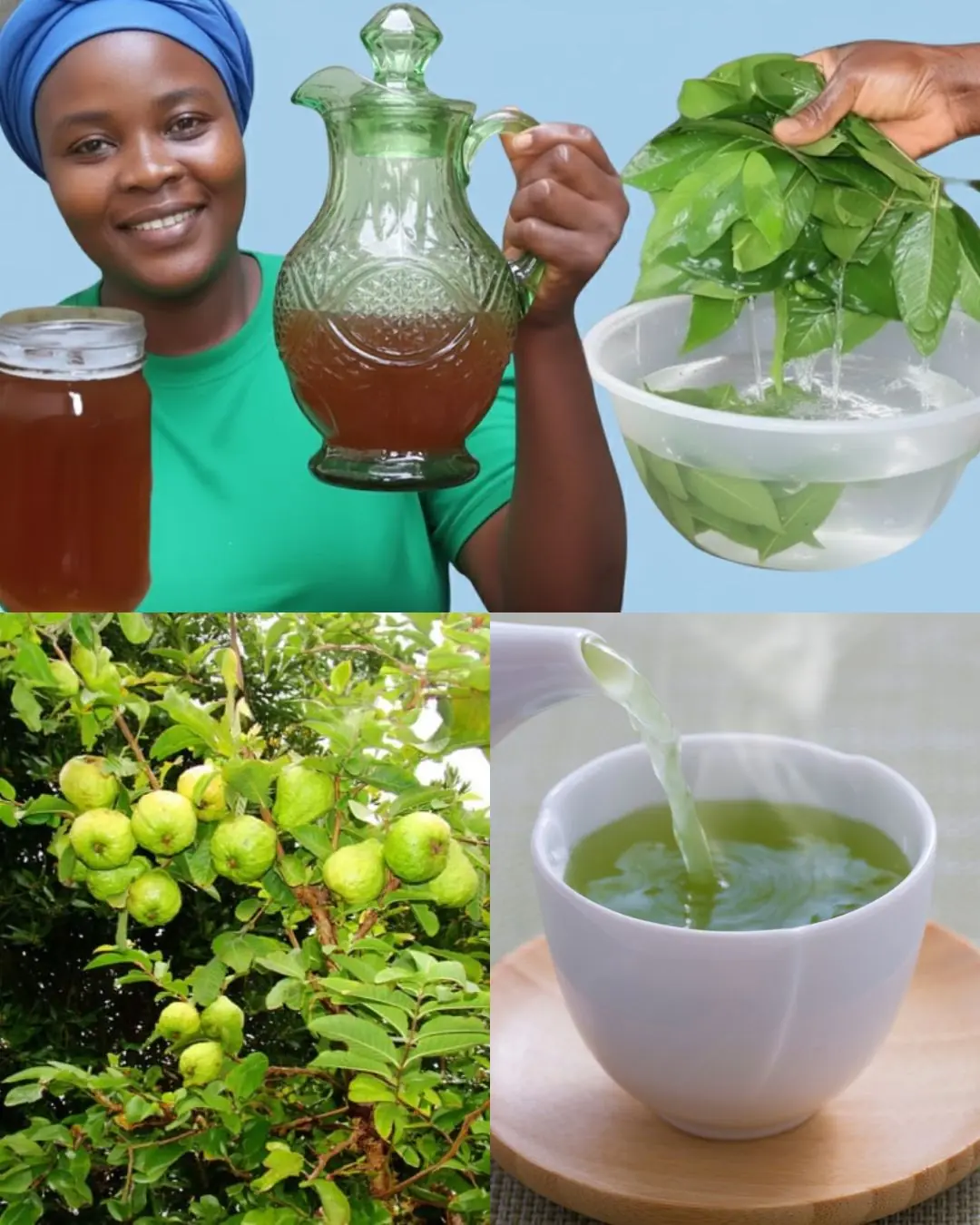
🍃 17 Reasons to Drink Guava Leaf Tea Twice a Week

🥤 The Rejuvenating Smoothie That Makes You Look 20 Years Younger 🌿

Avocado Seeds Benefits: 7 Reasons to use them
News Post

New Research Upends 10,000-Step Rule for Older Adults

How Science Reveals the Hidden Power of the Brain to Heal from Emotional Trauma

Waking Up Between 3 and 5 AM May Be a Sign of Spiritual Awakening

Drop exactly 1 thing into the pot of boiled duck: Removes all bad odors, makes the meat twice as soft and sweet.

Tips for washing clothes with salt, you will see amazing surprises happen

Place a bowl of salt in the corner of the bedroom to help clean the air, sleep well, ward off bad luck and attract wealth.
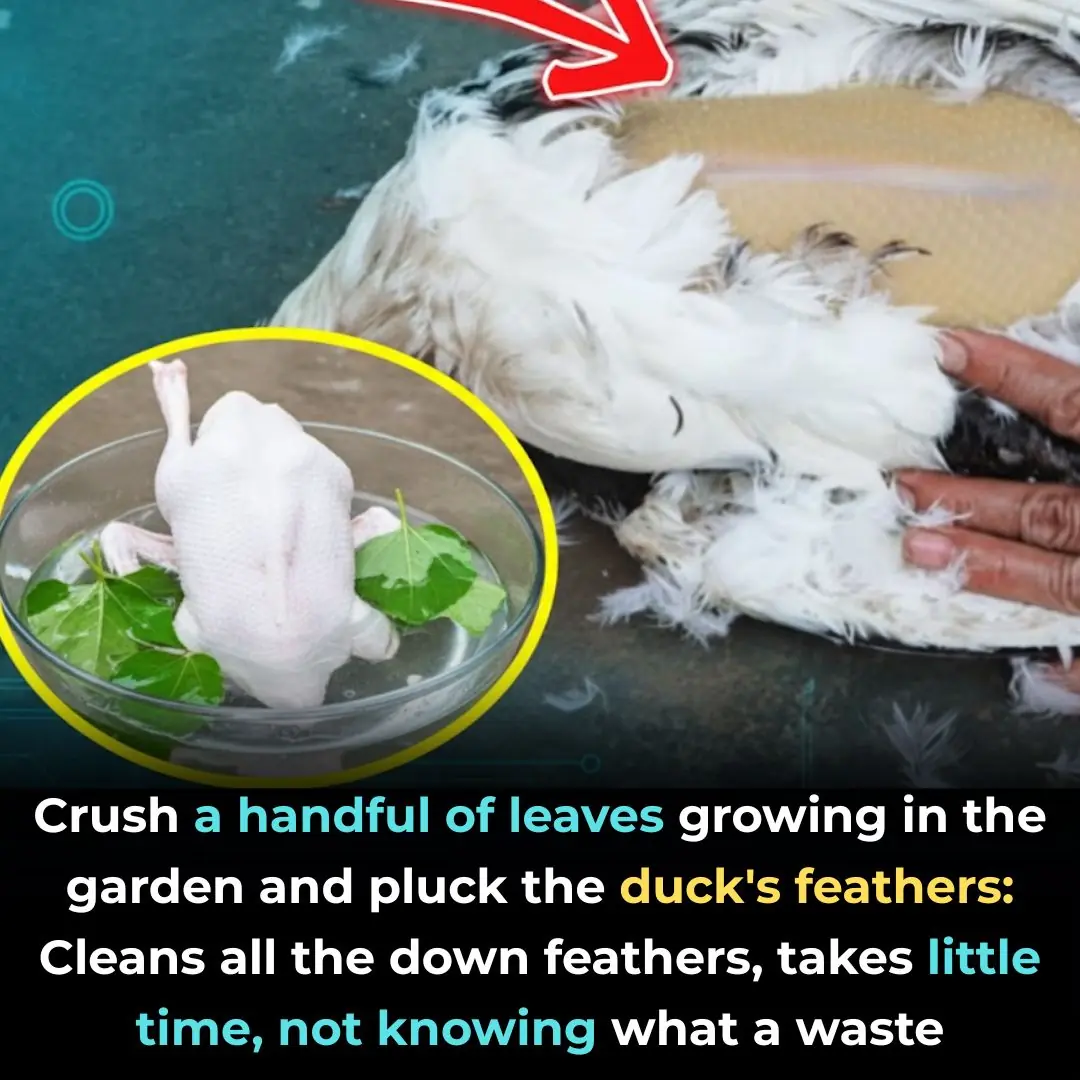
Crush a handful of leaves growing in the garden and pluck the duck's feathers: Cleans all the down feathers, takes little time, not knowing what a waste

4 popular supplements that rapidly drain potassium from your body
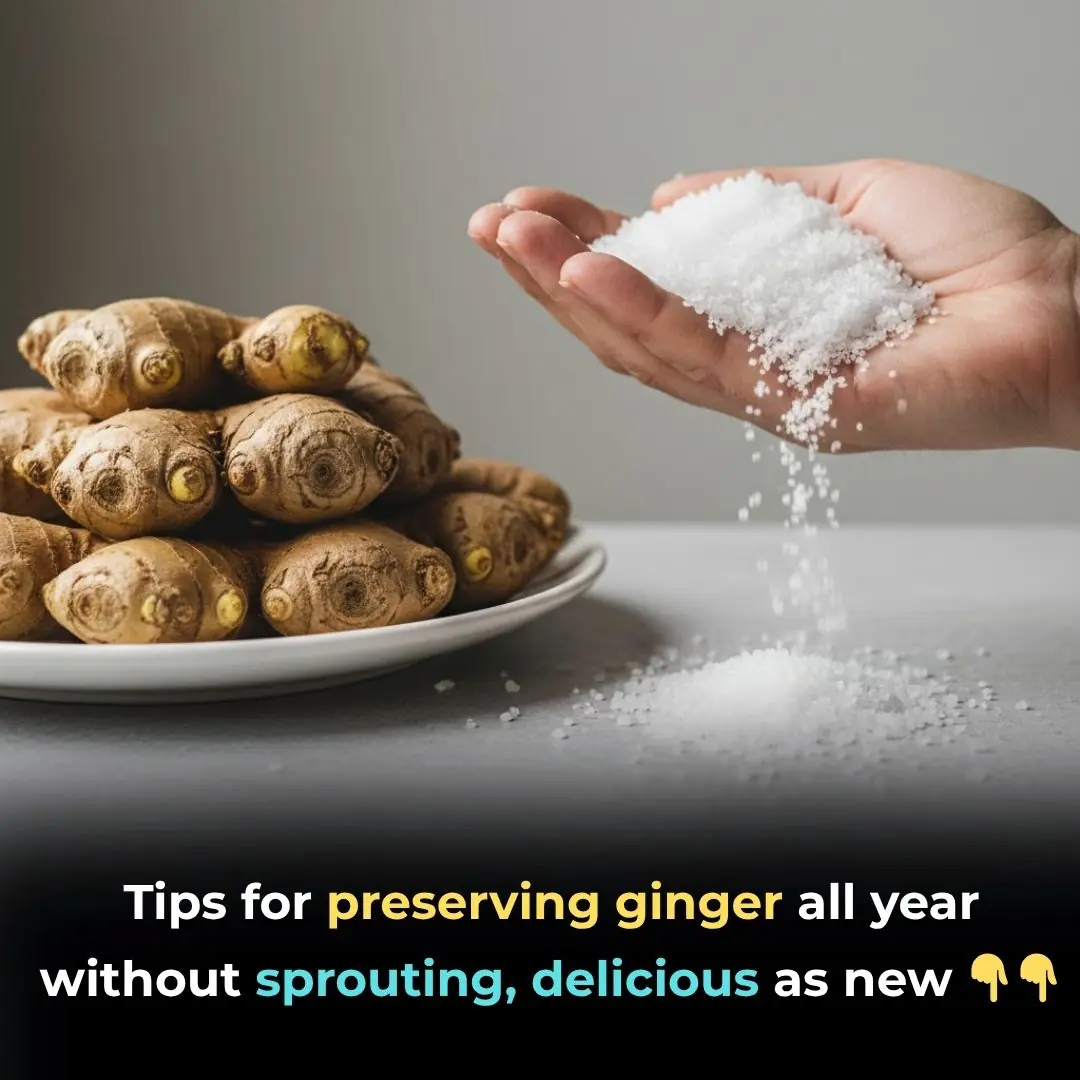
Tips to preserve ginger all year without sprouting, delicious as new

People call on government to intervene after Elon Musk posts worrying tweet

Nvidia signs $500,000,000,000 deal that could transform the US energy sector

The Man Behind the Monster: The Quiet Heart of Fred Gwynne.

The Last Loyal Friend: James Stewart, Gloria, and Beau.

The Cry That Moved the River: Lomunyak’s Story of Survival and the Men Who Wouldn’t Let Him Die.

"My fiancé's young daughter objected at our wedding, exclaiming, 'Daddy, you can't marry her—you already have a wife!'"

The girl did not walk past the old man who had gotten lost on the street. The next day, something awaited her

AFTER 40 YEARS, THEY FIRED HIM - THEN HE DISCOVERED HE OWNED THE COMPANY ALL ALONG

I Sent Wedding Invitations Featuring a Picture of My Fiancé and Me to My Three Close Friends – and Suddenly, They All Backed Out

A Natural Botox Alternative? How a Simple Chia Seed Mask Can Tighten, Brighten, and Rejuvenate the Skin
